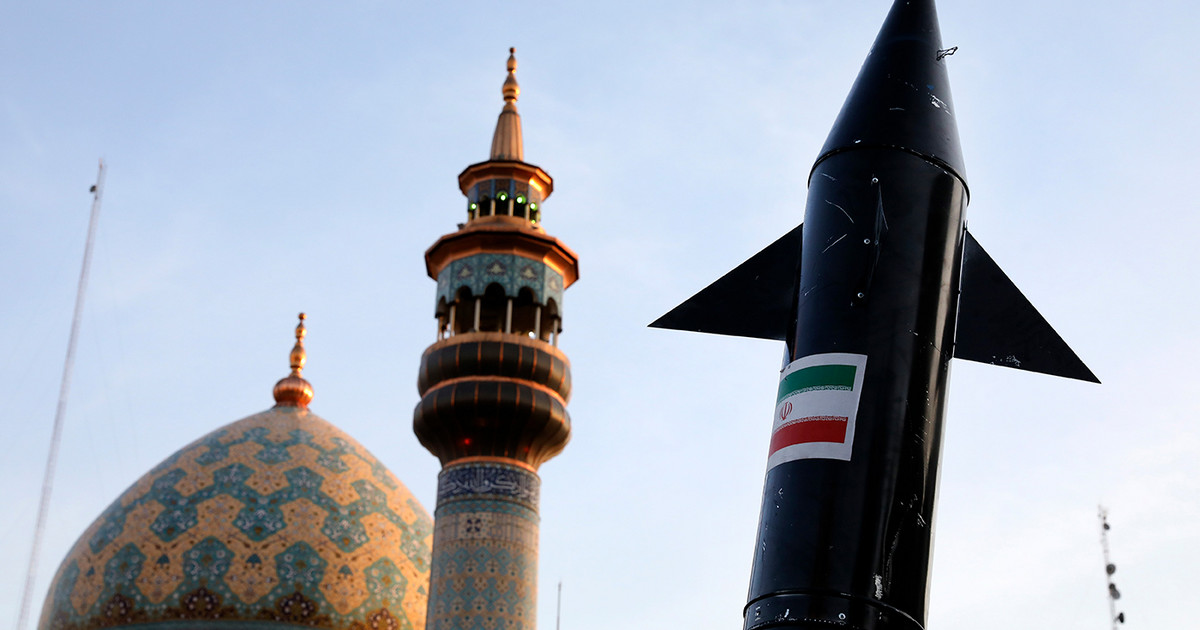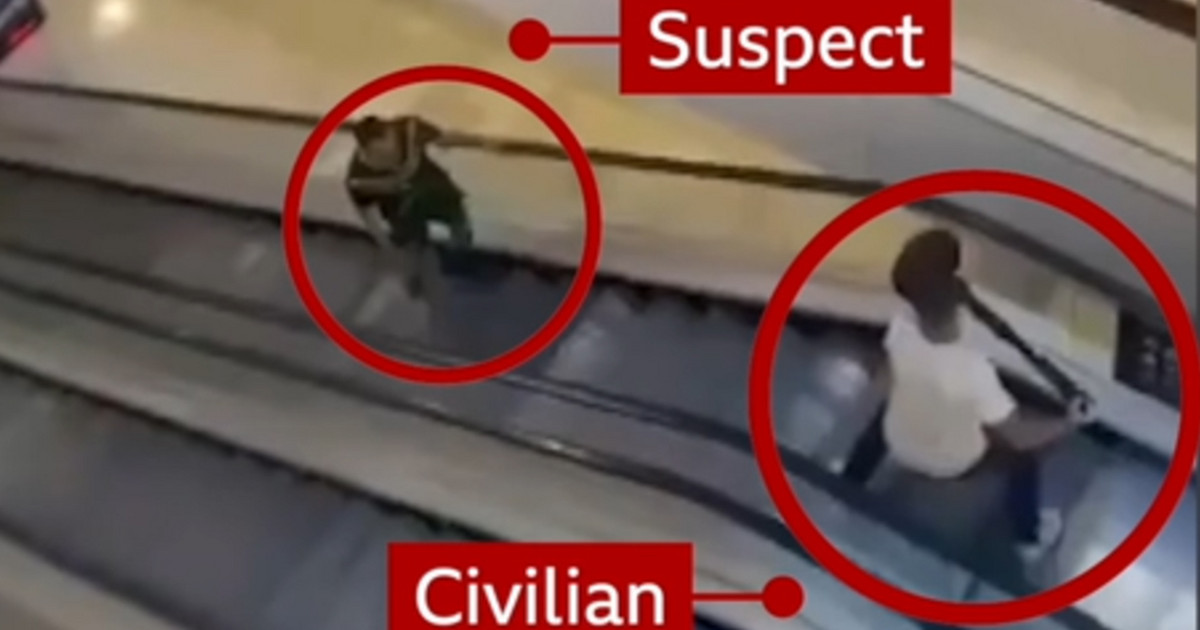Russia’s war in Ukraine is approaching the month-long mark, and the advance of its troops in some key cities, including the capital Kiev, appears to have slowed.
While there is a growing picture that Russia’s attack on Ukraine is not going as planned, the country continues to use its air power to destroy cities and target civilians in order to push Ukraine into submission.
So where is this war heading? Here are five possibilities to watch out for in the coming weeks.
1. Russia could step up its bombing campaign
Experts are warning that the more Russia is hit on the ground, the more likely it is to step up its air bombing campaign and use other “rest” weapons that put Russian soldiers in less danger.
There is little reliable information coming out of Ukraine or Russia on the death toll, but a report in a Russian tabloid on Monday suggested that the Russian side had lost nearly 10,000 troops and that another 16,000 had been wounded.
The website Komsomolskaya Pravda removed the numbers later in the day, claiming that the numbers only appeared in first place because they had been hacked.
THE CNN failed to verify the data, but the death toll is closer than reported by US intelligence agencies.
Such losses, if proven true, would explain both the halt in ground movement and the increase in aerial bombardment of key cities and other stalemate attacks.
A senior US defense official said Russia began firing at the southern city of Mariupol from ships in the Sea of Azov.
“Russia still has capabilities and reserves, and there will be an increase in intensity as it strives to bring in more troops,” Jeffrey Mankoff, a distinguished researcher at the Institute for National Strategic Studies at the U.S. National Defense University, told CNN.
A recent update from the UK Ministry of Defense said Russia was attracting troops from across the country and from far-flung locations such as its Pacific Fleet. The country would also be attracting fighters from Armenia and private military companies, Syrians and other mercenaries.
The question is how long Russia can continue with high personnel losses.
“There will be more troops and other equipment and aid, of course, but there is a point where it will be difficult to sustain this kind of operational pace, particularly the numbers we’ve been hearing about — both in terms of men and material losses, and how much they overcome. resupply capacity,” said Mankoff.
2. While there is focus on Kiev, Russia may try to encircle Ukrainian fighters in the east
There’s a lot of talk about the Russian war effort stalemate, but whether or not that’s true comes down to what Moscow’s goals were in the first place.
Even that is difficult to know for sure, as the country’s public justification for its invasion is clearly propaganda — the “denazification of Ukraine,” for example.
It is likely that Russia is, at the very least, trying to incorporate parts of eastern Ukraine.
Areas like Donetsk and Luhansk, which make up the Donbass region, have been controlled by Russian-backed separatists since 2014, when Russia annexed Crimea, and while Russia’s ambitions may extend beyond the Donbass, it is still likely to be a hotbed. center, experts say.
While there is much attention on Russia’s push towards Kiev, most of the Ukrainian army remains near Donetsk and Luhansk, where they are grouped together as the Joint Forces Operation (JFO).
The movement of Russian troops suggests that they are trying to encircle the JFO on three axes, and this is likely to be Russia’s main focus.
That’s clear when you look at the sophistication of the type of troops being sent there, said Sam Cranny-Evans, a research analyst at the Royal United Services Institute.
“The Southern Military District — in Donetsk, Luhansk, Mariupol, Berdyansk, Melitopol — these are the best troops in the Russian army. And they always work. They are designed to fight NATO,” Cranny-Evans told CNN.
“So the forces that were committed to the siege of Kiev suggest that it was an objective that either Russia thought would be easily achieved, or they overestimated the capabilities of those forces. So this leads, in part, to the conclusion that a siege of the Ukrainian troops in the JFO is part of the objective Russia is seeking to achieve. And the movements of Russian forces seem to suggest that this is the case.”
He added that the Western media was so focused on Russia’s losses and Ukraine’s challenge that it was giving a false sense of the war’s dynamics.
“If you look at these maps, it’s clear that Russian forces have really come a long way into a very large country. They have taken over some cities, so now there are many more Ukrainian citizens living under Russian rule than there were three weeks ago,” Cranny said. -Evans.
“Regardless of how many Russian vehicles exploded or how many Russian soldiers are killed, there are also likely to be a very high number of Ukrainians who have suffered a similar fate.”
See images of the Russian invasion of Ukraine
3. There will be more talk about talk
One scenario is that the Ukraine war could turn into a protracted conflict.
Russia is likely to have lost a significant number of soldiers, weapons and equipment in the war, and while it has been involved in longstanding conflicts in the past, it will not want to leave this one with its military totally destroyed.
“Negotiations are the only area where things look a little promising because both Russia and Ukraine said last week that they are moving towards a real substantive discussion rather than Russia just setting an ultimatum,” said Keir Giles. , Russian expert think tank Chatham House, based in the United Kingdom, at CNN.
Russian officials said their demands included Ukraine abandoning its intentions to join NATO, demilitarizing and adopting a “neutral” status like Austria and Sweden. But the terms of what that means for Ukraine would have to be negotiated.
President Vladimir Putin’s top spokesman, Dmitry Peskov, told CNN in an interview on Tuesday that Russia also wanted Ukraine to accept that Crimea — which Russia annexed in 2014 — is officially part of Russia and that the separatist statesmen of Luhansk and Donetsk “are already independent states.”
Numerous experts have speculated that Russia will seek to carve out parts of eastern Ukraine.
“It will be painful to deliberate unless it becomes possible for Western aid, both military and humanitarian, to be absorbed into Ukraine at enough rates that they can really turn the tide against the Russian advance,” Giles said.
“If it’s a question of who can pour out the greatest resources and feel the greatest pain to prevail, Russia has a history of inflicting substantial economic damage on itself and subjecting its own people to suffering in order to carry on wars,” Giles said. , referring to sanctions that are starting to complicate the Russian economy.
But US officials are not so optimistic that the talks will go well.
US Secretary of State Antony Blinken told a news conference last week that a diplomatic solution to the war was unlikely, saying Russia’s actions “stand in stark contrast to any serious diplomatic effort to end the war.” “.
He also suggested that Russia would escalate the war using chemical weapons.
4. There may be “deportations” of Ukrainians to Russia. This is worrying
While some managed to get out, Ukrainian officials say others were unwittingly taken to Russia.
Russia has been telling residents of the southern city of Mariupol to leave while it carries out aggressive aerial bombardment that tore the city apart.
The forces opened what they call “humanitarian corridors” to allow civilians to flee, but tens of thousands of them were transported to Russia.
Russian state media organization RIA Novosti reported that nearly 60,000 Mariupol residents arrived on Russian territory “in complete safety”.
Russian media showed lines of vehicles apparently heading east to the border, about 40 kilometers from Mariupol.
But the Mariupol council accused Russia of forcing residents to go to Russia against their will.
“Last week, several thousand residents of Mariupol were taken to Russian territory,” the city said in a statement.
Mariupol Mayor Vadym Boichenko said on Saturday that “what the occupiers are doing today is familiar to the older generation, who saw the terrible events of World War II, when the Nazis forcibly captured people.”
Giles said there was concern about a rerun of this dark story in the coming weeks.
“Russia has a history of cruel and savage reprisals against civilians in any area when any kind of resistance movement is taking place. And they have already moved to deport people from Mariupol to remote parts of Russia, which comes straight from the 20th century script. Russia to deal with these problems,” he said.
Giles referred to the “deportations” of hundreds of thousands of people from the Baltic states of Estonia, Latvia and Lithuania, which Russia annexed to the Soviet Union at the start of World War II.
“‘Deportation’ is a euphemism. It’s been used as a pretty innocuous term for what happened to these people, which was effectively slavery and starvation. They’re sending the women, the children, the people you want to remove from societies, to neutralize them,” said Giles.
“They often face horrible fates. If they survived, they wouldn’t return for years or decades.”
5. Millions more Ukrainians could flee, leaving a nation in pieces
The fate of war is one thing, but the fate of Ukraine is another.
Just as Russian air power has left some of Syria’s cities and towns in rubble, parts of Ukraine are starting to look the same. More than 3.5 million Ukrainians have already left the country.
Most are women and children, which means families are also being torn apart. The war unleashed the biggest refugee movement Europe has seen since World War II.
These numbers are increasing at a rate of around 100,000 people a day.
If the number of internally displaced people is included, 10 million Ukrainians have already left their homes. That’s almost a quarter of the country’s population.
And what past wars show is that refugees often never return to their countries of origin. Often, there is little to go back to. Eventually, the threat of yet another war is enough to keep the refugees at bay.
It’s something negotiators will need to think about in any conversation on the horizon.
Even if a diplomatic solution can be found to end this war, one question that will remain is whether it will be enough to prevent the next one, Cranny-Evans said.
“If you look, historically, at authoritarian regimes that perform poorly in a military environment, they don’t tend to change their behavior in a positive direction afterwards,” Evans said.
“So the issue might be that if the Ukrainians say, ‘Okay, we’ll be neutral, just get out’, the Russians might say, ‘No, you have to give us Donetsk and Luhansk. That might be bearable for Ukraine, maybe, to stop the war,'” he said.
“But what if, for example, 10 years later, Ukraine goes ahead with significant military modernization? Or if the next Russian president wants to prove his worth, and they conduct another war? war could take.”
Source: CNN Brasil
I’m James Harper, a highly experienced and accomplished news writer for World Stock Market. I have been writing in the Politics section of the website for over five years, providing readers with up-to-date and insightful information about current events in politics. My work is widely read and respected by many industry professionals as well as laymen.






